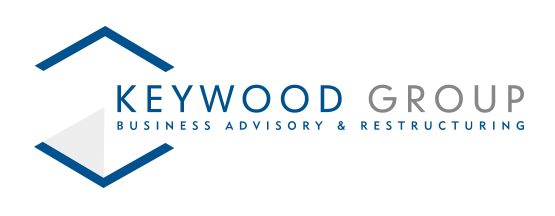Options if I cannot repay a Bounce Back Loan
Bounce Back Loans first became available in March 2020. They were intended to support UK businesses through the Coronavirus pandemic. No repayments were required in the first 12 months, and borrowers were subsequently given the option to delay their repayments for a further six months. Sadly, nearly 3 years on, many businesses which used the scheme have continued to struggle and cannot afford the repayments.
Barclays Bank, the largest lender in the Bounce Back Loan Scheme, loaned £10.8bn to SME’s, and has recently partnered with Manolete (a specialist insolvency firm) to collect money from companies that have defaulted on the terms of their bounce back loans.
Notwithstanding the lender, if your company cannot repay its Bounce Back Loan you will need to consider what options are available.
What happens if my company cannot pay its Bounce Back Loan payments?
If your company is unable to pay what it owes, as it falls due, it is insolvent. This applies to all company debts, not just Bounce Back Loans. Firstly, consider the viability of your business. If you are experiencing short-term cash flow difficulties there may be a range of options available which do not require a formal insolvency process.
If the challenges facing your business are severe, or likely to have a prolonged impact on cash flow then you should seek advice from a Licensed Insolvency Practitioner. This does not mean that it is not possible for the business to recover, but the sooner you act the better the overall outcome is likely to be.
What options do I have if I cannot repay its Bounce Back Loan?
Company Rescue
If the business is viable then it may be rescued either via a Company Voluntary Arrangement (CVA) or Administration. A CVA is a legally binding agreement between a company and its creditors, in which creditors are paid all or part of the debt over an agreed period of time. Subject to approval, a CVA will allow the company to continue trading, whilst making affordable payments. An insolvency practitioner is appointed to supervise the CVA, ensuring the company adheres to all of the terms of the agreement.
Administration is an option which can rescue a company but is more likely to save the core business and provide continuity to certain stakeholders. Again, an insolvency practitioner is appointed to manage the company’s affairs. The process can allow the company to continue trading (in administration), could result in a sale of the business and assets.
Company Closure
In many cases you will need to consider whether the company should be wound-up (formally closed). Voluntary liquidation is an insolvency process formally known as Creditors Voluntary Liquidation (CVL) and is appropriate where a business has no viable future and must cease trading. Once it is resolved that the company should enter CVL, a Liquidator will be appointed by the shareholders and creditors, and company assets will be sold in order to repay its liabilities.
Insolvency advice from an Insolvency Practitioner at Keywood Group
Careful consideration must always be given to all options available. If your company cannot continue trading and has an unpaid Bounce Back Loan, then you will need to confirm how the funds were used and be aware of any potential problems.
If you are worried about potential misuse of a Covid-support scheme then it is better to assess what has happened, and what the implications could be. Keywood Group is a Licenced Insolvency Practice with offices in Birmingham and London. Our team has extensive experience in advising businesses.
Our Insolvency Practitioner is fully licensed in relation to corporate and personal insolvency and is regulated by The Insolvency Practitioners Association. If you want further information, please contact us for a no obligation consultation.











